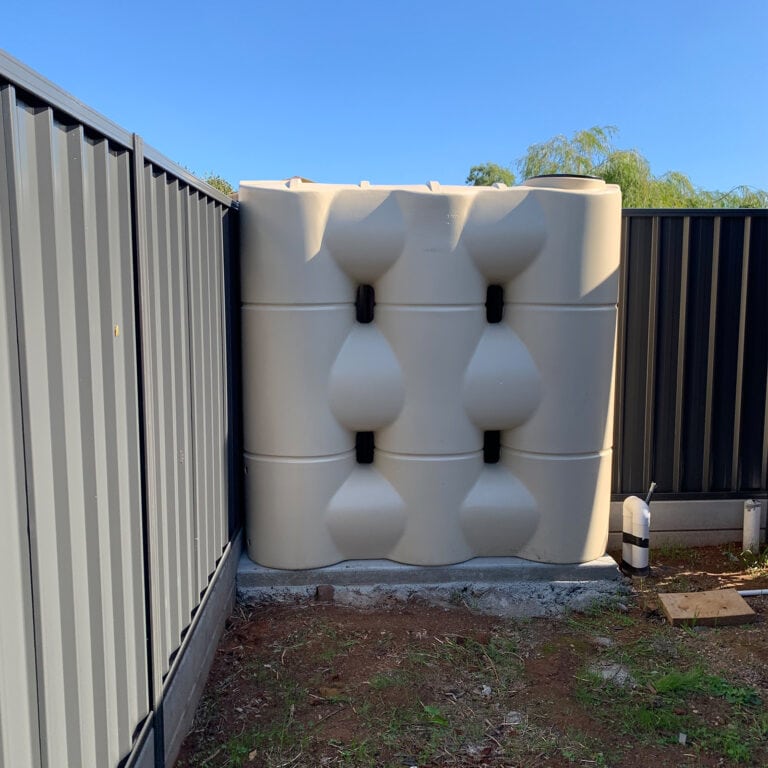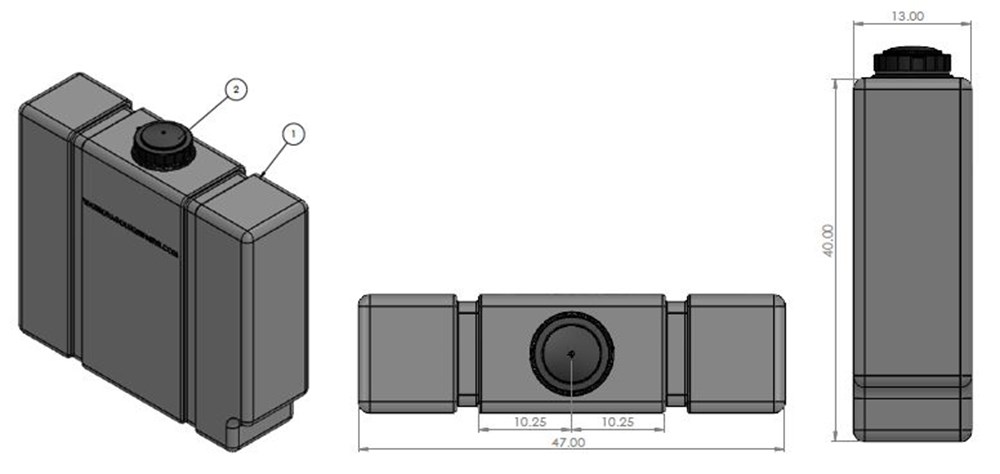Slimline Water Tanks: Stylish and Practical for Modern Residences
Slimline Water Tanks: Stylish and Practical for Modern Residences
Blog Article
Checking Out the Numerous Usages of Rain Storage Tanks for Residential and Commercial Properties
As the international emphasis on sustainable living practices proceeds to increase, the utilization of rain tanks in both household and commercial settings has actually arised as a significant remedy. The diverse uses of rainwater storage tanks present an engaging case for their adoption, not only as a sensible water-saving procedure yet also as a testament to liable source monitoring.
Benefits of Making Use Of Rainwater Tanks
Utilizing rainwater storage tanks uses various benefits for both houses and communities in regards to water conservation and sustainability. One of the essential benefits of utilizing rainwater containers is the significant decrease in reliance on mains supply of water - Slimline water tanks. By recording and saving rainwater for later usage, people and communities can decrease their demand for cured water, ultimately reducing the worry on water treatment facilities and decreasing energy usage linked with water transportation and therapy
Additionally, rain harvesting via storage tanks offers a trustworthy alternative water source throughout times of water limitations or scarcities. This kept rainwater can be made use of for various non-potable purposes such as watering, purging toilets, and washing garments, reducing the stress on conventional water resources. Furthermore, making use of rainwater storage tanks can lead to set you back financial savings for both houses and communities by lowering water expenses and decreasing the requirement for pricey framework growths to satisfy expanding water demands.
Essentially, the application of rain storage tanks uses a sustainable and environmentally friendly approach to water administration, benefiting both private users and the broader neighborhood in regards to water conservation, cost-efficiency, and durability.
Rain Storage Tank Usage in Irrigation
Given the benefits of rain storage tanks in preserving water sources and decreasing dependence on keys water supply, a significant application depends on using kept rainwater for irrigation functions - Slimline water tanks. Rain collecting systems can properly accumulate and store rainwater, providing a sustainable water resource for sprinkling gardens, grass, and farming fields. By making use of rain for watering, home proprietors can lower their dependence on cured water resources, bring about cost savings and environmental advantages

Among the key benefits of making use of rain for irrigation is its purity. Rain is normally soft and devoid of the chemicals and additives typically discovered in mains water, making it ideal for nourishing plants without the risk of unsafe impacts. Additionally, rain is at ambient temperature, which can profit plant growth by preventing temperature level shocks that can take place with chilly keys water.
Rain Tanks for Commode Flushing

Implementing rain containers for toilet flushing is a cost-effective and eco-friendly method that can be quickly integrated into both household and industrial residential properties. The saved rain can be utilized to purge toilets by attaching the container to the existing plumbing system. This straightforward yet effective remedy can anchor significantly reduce water consumption in a structure, especially in areas where water scarcity is a concern.

Including Rainwater Storage Tanks in Landscape Design
An efficient approach for enhancing sustainability in landscape design includes incorporating rainwater tanks to optimize water use and advertise environment-friendly methods - Slimline water tanks. Including rainwater containers in landscaping supplies countless advantages for both residential and commercial homes. These containers can record and keep rainwater overflow from roofs, which can after that be made use of for watering yards, lawns, and plants. By utilizing rainwater for watering purposes, homeowner can lower their reliance on community water sources, resulting in cost financial savings and preservation of precious water resources.
Along with offering a sustainable water resource for landscaping requirements, rainwater storage tanks can likewise help in taking care of stormwater overflow. By recording rain that would or else click to read flow right into tornado drains pipes, these containers can minimize erosion, minimize flooding risks, and prevent pollution of natural water bodies. Integrating rainwater storage tanks in landscaping can contribute to the overall visual allure of the home, showcasing a dedication to ecological stewardship.
Industrial Applications of Rain Tanks
Making use of rainwater storage tanks in business setups supplies a sustainable option for water monitoring and preservation, profiting organizations and the setting alike. One essential business usage is for irrigation purposes, where gathered rain can be used to water landscape design, yards, and farming areas surrounding industrial properties.
Furthermore, rain accumulated in containers can be dealt with and used for non-potable objectives within business residential properties, such as flushing bathrooms, cleaning, and cooling systems. Generally, the consolidation of rain containers in industrial setups presents a practical and environmentally responsible technique to water monitoring.
Conclusion
From irrigation to bathroom flushing and landscape design, the usage of rain containers can assist conserve water resources and minimize water costs. Overall, the convenience and sustainability of rain tanks make them a valuable investment for any type of residential property proprietor looking to enhance water performance.
Report this page